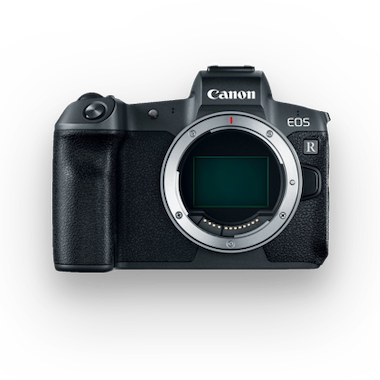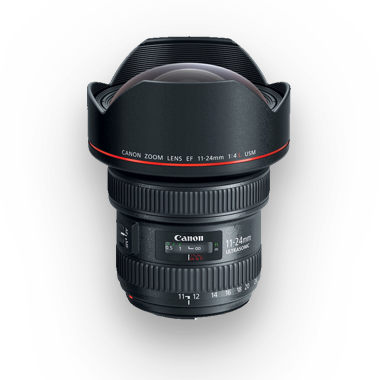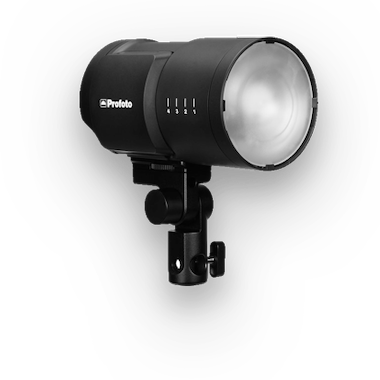
Kodak’s First Canon-based DSLR: A 1.3 Megapixel Slice of Photographic History
The San Francisco Chronicle ran this photo on the front page of the paper the day after the 49ers won the Super Bowl in 1995. The picture shows Jerry Rice, whose 10 catches for 149 yards and 3 touchdowns tied his own record for most touchdown receptions in a Super Bowl and the 49ers became the 1st team to win 5 Super Bowls. However, that wasn’t the only remarkable event of Super Bowl XXIX. The above picture was shot on Kodak’s very first Canon-based digital SLR–a 1.3 megapixel, no-LCD, nearly 4-pound behemoth that cost around $16,000. The image above was the first taken on this camera and published in an American newspaper.
This photo of a legacy marks the beginning of a revolution for digital imaging. When this photo was taken (you can see more from the set here), the Canon EOS-DSC 3 hadn’t even been released to the public yet (it would be released later in 1995). The camera was, in essence, a modified Canon EOS-1N film camera and modified Kodak NC2000e digital camera back put together. Kodak produced all of the major electronic components while maintaining the Canon EF lens mount. Approximately 189 images could be stored on a 260MB hard disk PC card and, with only 5 focus points and a maximum continuous shooting speed of 2.7 fps in 12-frame bursts, Chronicle photographer Fred Larsen did a tremendous job capturing these sports shots. Larsen, purportedly, had only had the camera for a couple of hours before having to go out on assignment with it. He nailed this shot with the help of a Canon EF 300mm f/2.8L USM, which would have had an effective focal length of around 510mms on the camera’s CCD sensor.
The first digital EOS SLR camera wholly designed and manufactured by Canon wouldn’t be released until the EOS D30 in 2000. The EOS D30 also marked the beginning of the Canon CMOS sensor. Later developments allowed Canon to bring design and component manufacturing in-house, where they eventually, in 2004, developed their unique DIGIC (Digital Imaging Core) image processor, which allows the camera to perform high speed signal processing as well as the control operations.
Below is a quick comparison the stats of the EOS-DCS 3 with one of Canon’s current flagship cameras, 2012’s EOS-1D X:
How far we’ve come! See below for more pictures taken with this piece of history:
3 Comments
-
Thomas F
once again though, proof that it is not the equipment, but the skills of the photographer that is the most essential part of photography. One reason why I practice as often as I can ( and not often enough) to practice my skills, including knowing my equipment.
-














Robert R. Fletcher
I owned 2 of these cameras plus one of the DCS 1 when it came out. It has 6 million pixels and we thought we had died and gone to heaven!